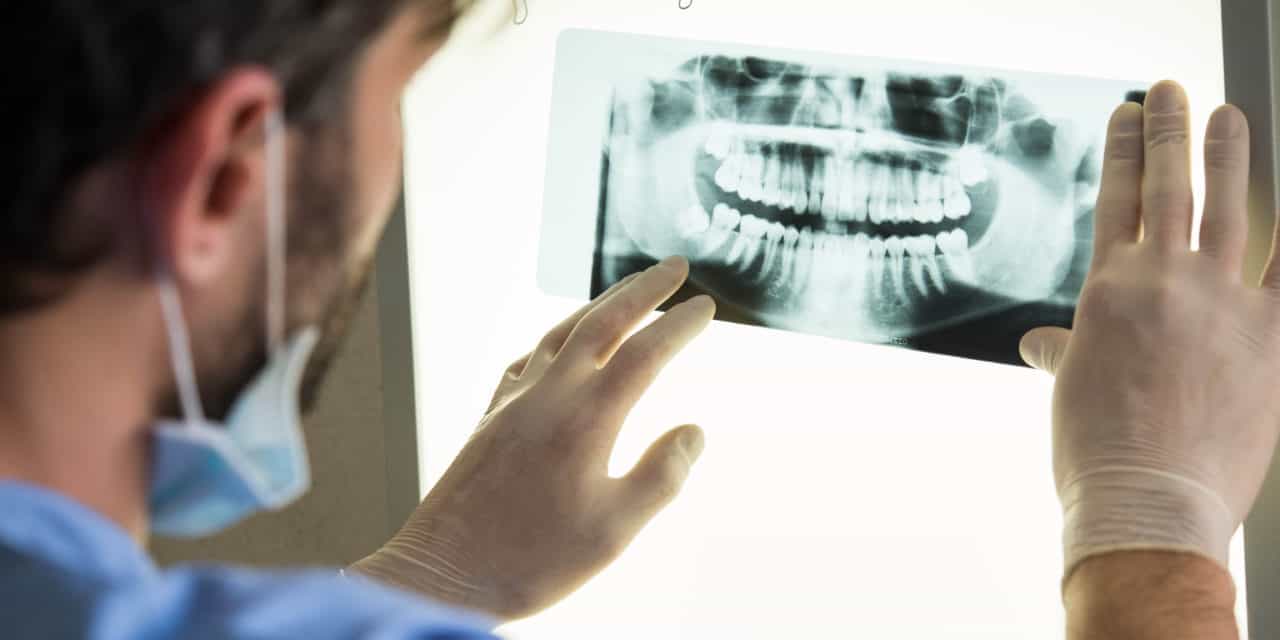By Dr. Michael Herndon, DDS, AF
How many recall the days when dental drills were run by small string cables over pulleys? We sure have come a long way since those times! When air driven drills running at over 300 thousand rpm came along it was considered a marvel and yet today we have electric drills that go only 40 thousand rpm but have very high torque, don’t squeal like the air ones did, are easier on the ears, and they work much more efficiently.
Now we have digital x-rays, computers that we can use to design crowns, and milling machines to mill them in one appointment with high accuracy. We have Cone Beam Computed Tomography (CBCT) machines that can give us a three-dimensional view of bone and anatomy used for, among other things, planning for dental implants, extraction of difficult wisdom teeth, and other surgical and diagnostic endeavors. Indeed, we now have dental implants that integrate with bone and can therefore replace teeth.
But while these fantastic technologies are often mentioned in dentist’s advertisements, the truth is that having technology is not an indicator of operator skill anymore than having a Ferrari is an indicator of driving skill. What is more an indicator of skill and quality of service is a deep understanding of the fundamentals inherent to excellence in diagnosis, treatment planning, and explanation of treatment options so you can make an informed decision on what best fits your situation.
Interestingly, it is a truism that the basic and proven fundamentals of medicine (and dentistry is theoretically a sub-specialty of medicine) do not change very often at all. The details of processes in the application of dentistry may change as new technologies emerge but the fundamentals remain the same. I suppose that one could use the following analogy: While we often marvel at the many things computers can do, it is still helpful if we know how to type!
Yet modern technology can certainly streamline the process. We live in interesting times!












